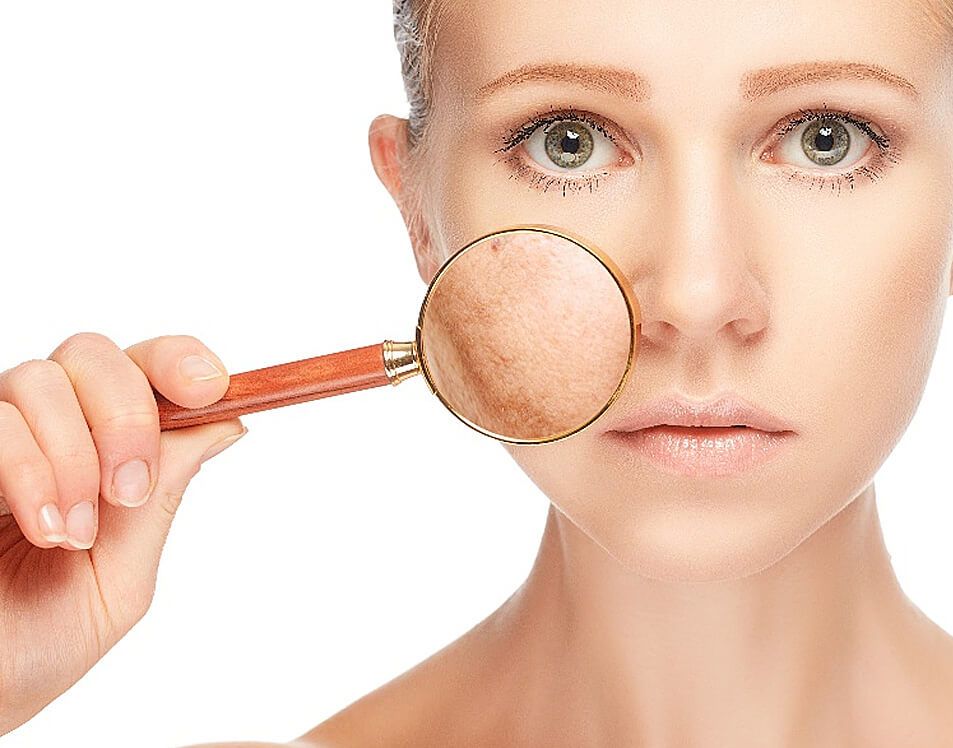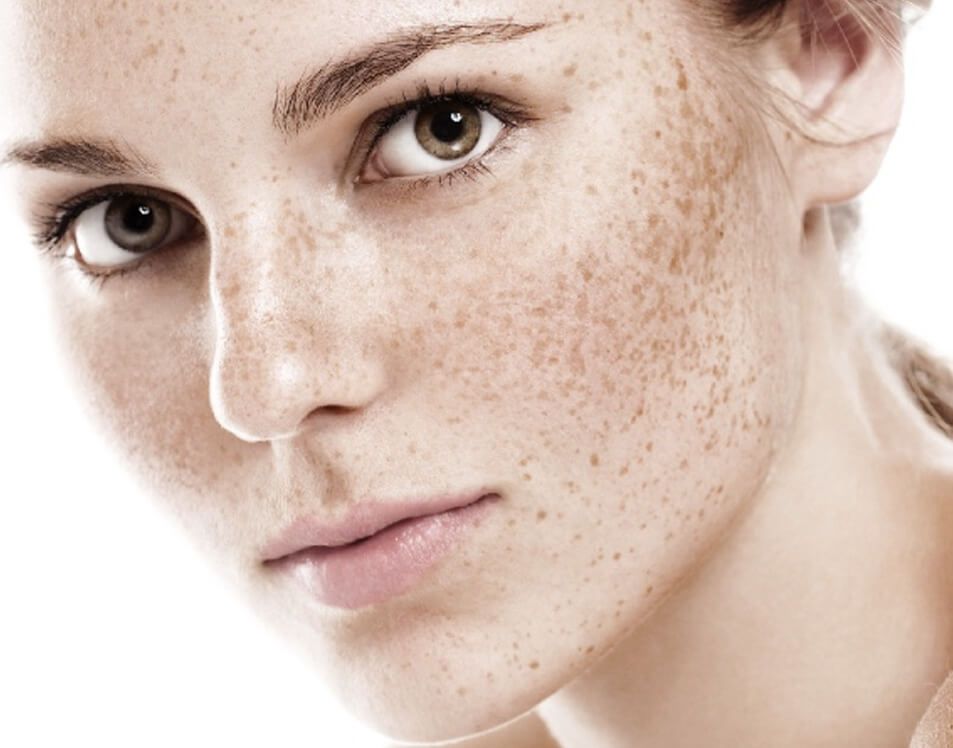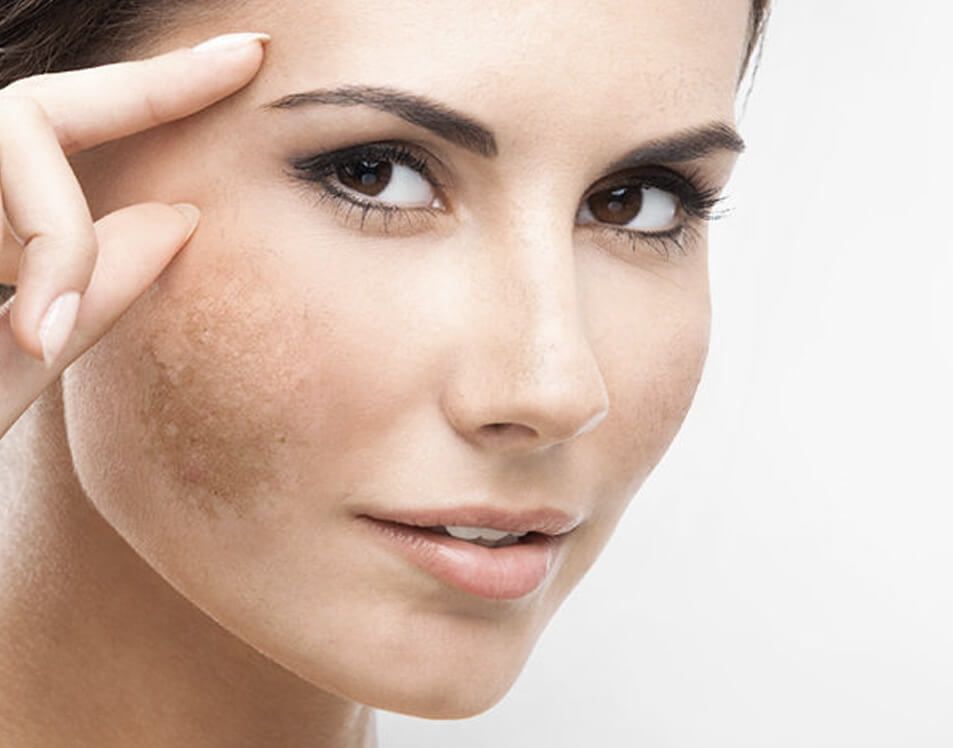Pigmentation

What Is Skin Pigmentation?
Facial pigmentation is one of the most common reasons for seeking a skin consultation. This is especially the case in Asia where the quest for porcelain clear skin has fuelled the development of many products and treatments. Given the plethora of creams and therapies available in the marketplace, a person can be excused for wondering if there is a need to see a dermatologist at all.
What Are the Types of Pigmentation Disorders?
Pigmentation disorders can be categorised into two main types based on the melanin production of the skin:
Hypopigmentation
– This type of pigmentation is characterised by patches on the skin lighter than the surrounding skin. Conditions under this category include:Vitiligo
– Vitiligo is a skin disorder that causes smooth, white patches on the skin that are highly sensitive to sunlight exposure.Pityriasis Alba
– This mild form of dermatitis is characterised by scaly, itchy patches. It commonly affects children and young adults.Albinism
– This is a rare genetic condition that causes very light skin, hair, and eyes.
Hyperpigmentation
– This type of pigmentation refers to the darkening of the skin caused by excess melanin production. Conditions under this category include:Melasma
– This condition appears as diffuse brown or grey pigmentation on the forehead and cheeks. It is more common in women and is caused by genetics, hormones, and sun exposure.Freckles
– Freckles are often light brown in colour. They are more common in fair-skinned individuals and may fade with sun avoidance.Lentigines (Liver Spots)
– Polka dot-like spots that often appear on sun-exposed areas of the skin of fair-skinned individuals following years of sun damage.Hori’s Naevus
– Brown or blue-grey spots on one or both cheekbone areas, commonly affecting Asian women.Post-Inflammatory Hyperpigmentation (PIH)
– A darker area of the skin that occurs after skin injury or inflammation. This often results from post-acne pigmentation, particularly in individuals with darker skin tones.
Causes of Skin Pigmentation Disorders
Skin pigmentation disorders occur when there is a disruption in the production of pigment responsible for skin colour. Several factors can contribute to these conditions:
Genetic Factors
- Genes determine the amount and type of melanin produced by the body. Some pigmentation disorders like albinism are mainly caused by genetics.Sun Exposure
- UV radiation from sun exposure triggers melanin production, leading to tanning or sunburn. It also causes hyperpigmentation issues such as sunspots and melasma.Hormonal Changes
- Hormonal fluctuations during pregnancy, puberty, or menopause can worsen existing pigmentation disorders or trigger new ones.Skin Injuries and Inflammation
- Skin injuries such as cuts, burns, or acne can cause PIH. In some cases, repeated skin inflammation can lead to hypopigmentation.After Flare-ups
- Hypopigmentation can occur after flare-ups of chronic skin conditions like psoriasis and eczema.Medications
- Certain medications can induce hyperpigmentation by stimulating melanin production.Cosmetics & Hair Dyes
- Chemicals found in certain cosmetics and hair dyes can trigger PIH.Underlying Health Conditions
- Some autoimmune, endocrine, and metabolic diseases can disrupt normal melanin production or distribution processes in the skin.
What Value Can a Dermatologist Add?
There are 3 main areas in which a dermatologist can add value:
Accurate Diagnosis
– Pigmentation is a complex problem and not all pigment conditions are treated in a similar fashion. It is not uncommon for patients to have more than one type of pigment disorder. The key, then, to optimising treatment outcomes is to have a good match between the treatment modality and the pigment disorder. This is where effective and efficient outcomes hinge on an accurate diagnosis.Assessment of Skin Type
– Every treatment, be it a cream, tablet or procedure has its inherent risk. Aside from diagnosing the pigment disorder, a dermatologist is also able to evaluate the patient’s skin type. This reduces the incidence of adverse reactions, either allergy or irritant reactions, from creams or aggravation of the pigmentation from treatment procedures.Adopt a Holistic Approach
– Treatment of pigmentation is not just about prescribing a medication or performing a procedure. Often, patients are ignorant of the fact that certain lifestyle habits, medications they are taking or skin care products they are using are in fact the cause of their pigmentation or are compromising the results of treatment.
This is where a dermatologist, through an evaluation of the patient’s medical history and a screening of the patient’s skincare routine, can educate the patient on how to get the most out of their treatments.
Call to enquire today.

Treatment Options for Skin Pigmentation
What are the topical treatments for pigmentation?
Some topical treatments that offer targeted solutions for skin pigmentation include:
- Combination creams containing tretinoin, hydroquinone and a low-potency steroid – the gold standard for lightening melasma.
- Antioxidant serums containing Vitamin C and E.
- Oral tranexamic acid (in tablet form) is used for severe melasma. Tranexamic acid is also available in topical serum form.
- Others – kojic acid, azelaic acid, niacinamide.
What are the procedures for treating
skin pigmentation disorders?
Hori’s naevus, freckles and lentigos respond only to procedures. Procedures may boost and speed up the lightening effect of creams in the treatment of melasma and post-inflammatory hyperpigmentation.
Laser Treatment
– Pigment lasers like the Medlite C6 and the AlexTriVantage lasers emit a single, focused wavelength of light to break down the pigment, gradually lightening dark spots. They can be used to effectively treat various types of pigmentation, including freckles, lentigos and Hori’s naevus. The Medlite C6 laser can also be used to treat stubborn PIH, but it should be used with caution for melasma.Light Therapy
– Light therapy, like intense pulsed light (IPL), uses a broad beam of light to penetrate the skin. Melanin absorbs this light, converting it into heat to break down excess pigment.Microdermabrasion
– This is a non-invasive procedure that exfoliates the skin to target surface-level pigmented cells. SilkPeel® is a type of microdermabrasion treatment that facilitates the lightening of melasma and PIH but is not effective for removing freckles, lentigos or Hori’s naevus.

Benefits of Laser Pigmentation Treatment
Laser pigmentation treatment offers several advantages for achieving a more even and radiant complexion:
- Removes hyperpigmentation and sunspots
- Stimulates collagen formation
- Reduces fine lines and wrinkles
- Revitalisation for smooth, healthy, and glowing skin
FAQs on Skin Pigmentation
Can pigmentation come back after laser treatment?
How many laser sessions are needed to treat pigmentation?
Is the laser skin pigmentation treatment painful?
How long is the procedure for skin laser pigmentation removal?
Are there any potential side effects from pigmentation treatment?

| Main Line | : (65) 6734 1411 |
| Fax | : (65) 6235 5900 |
| Mon - Fri | : 8:30am - 5:00pm |
| Sat | : 8:00am - 1:00pm |
| Closed on Sundays and Public Holidays | |

